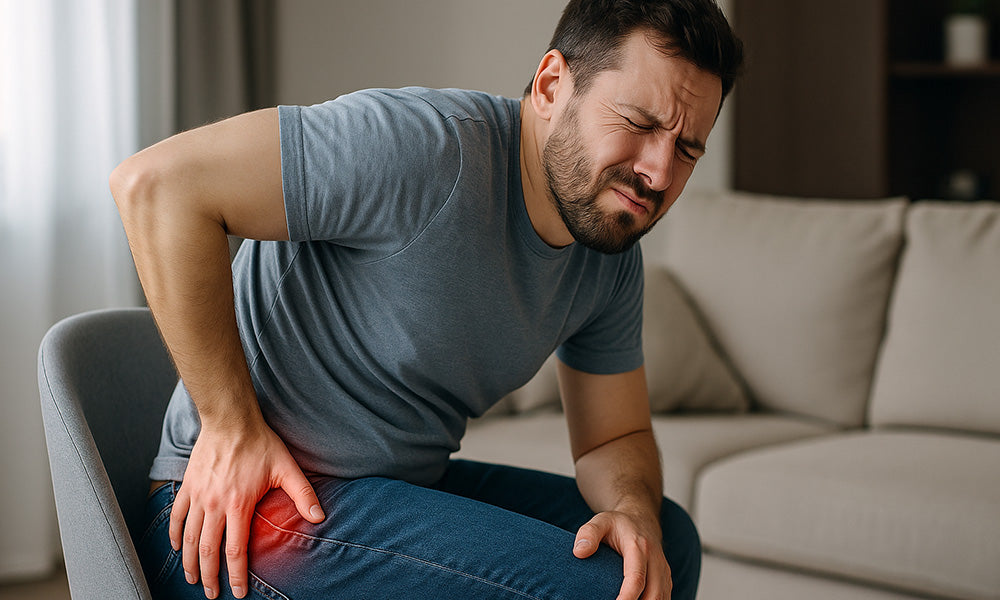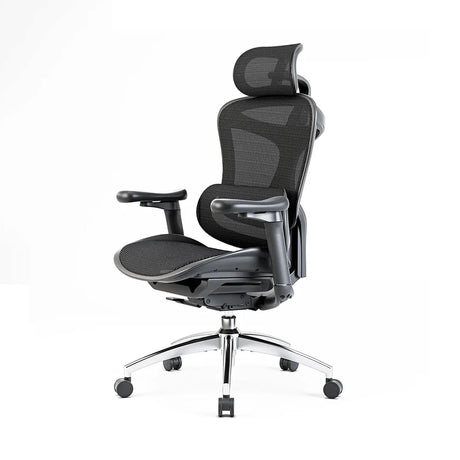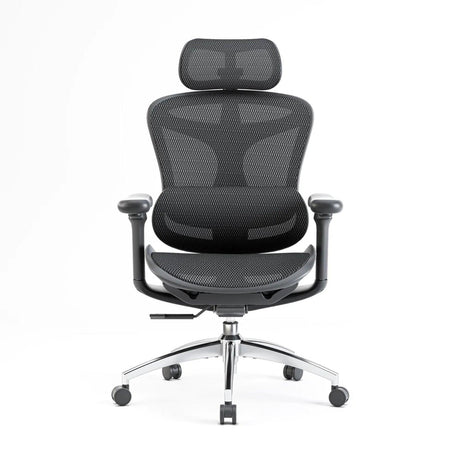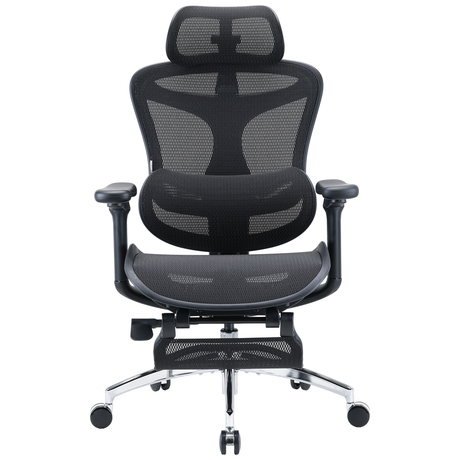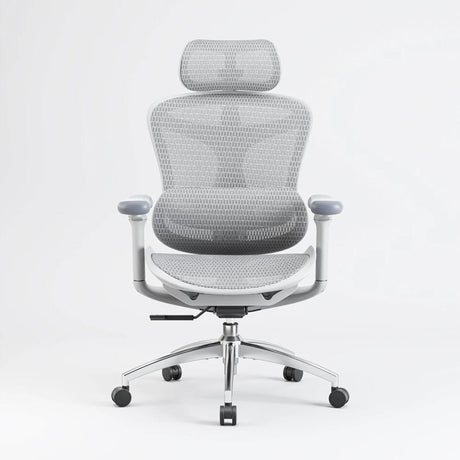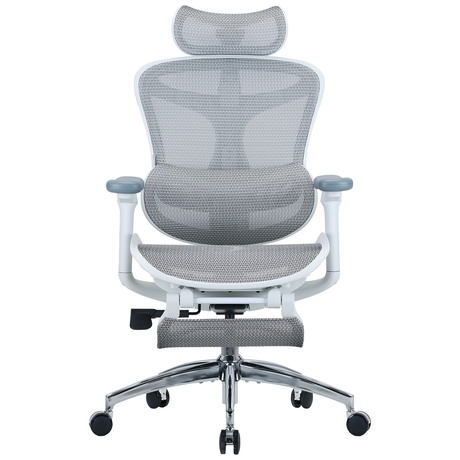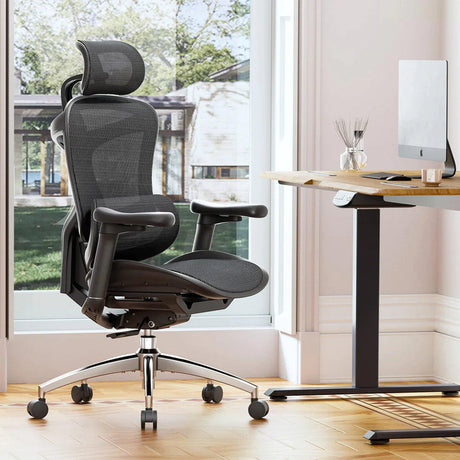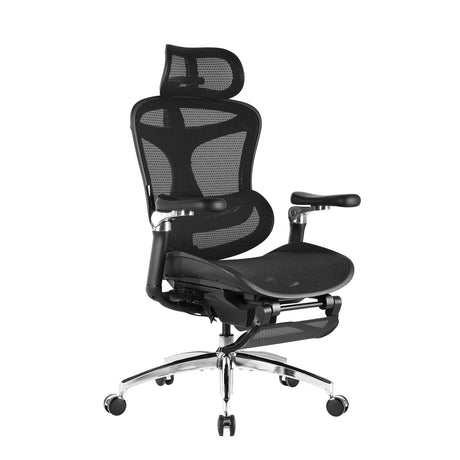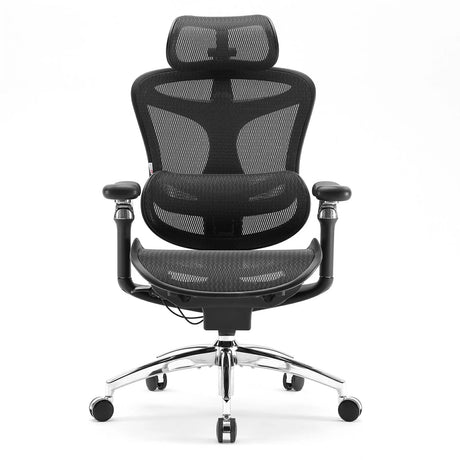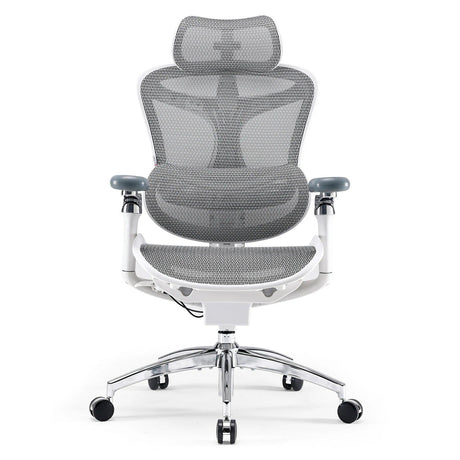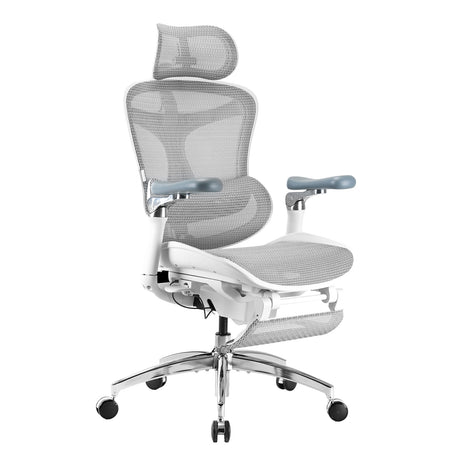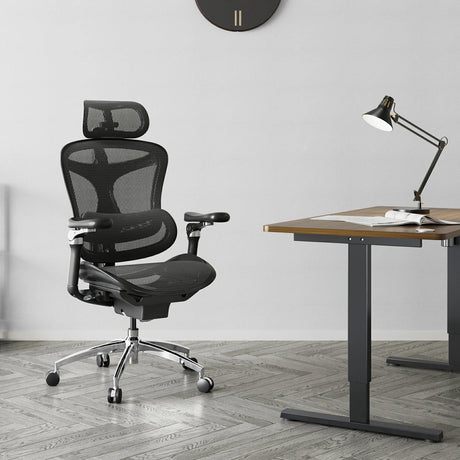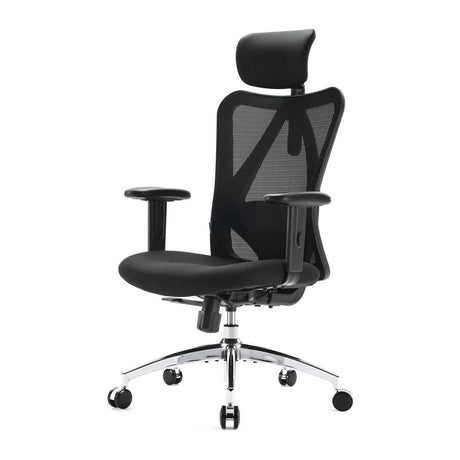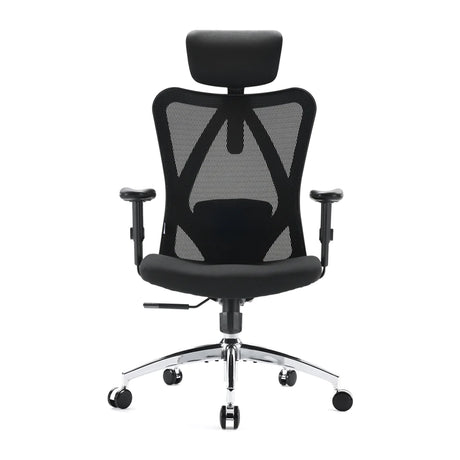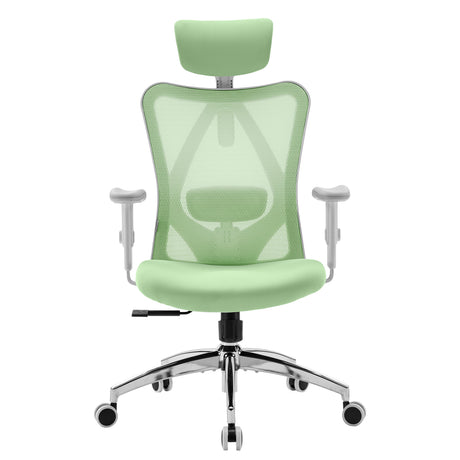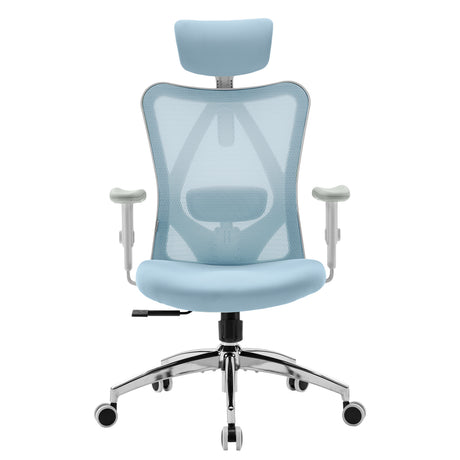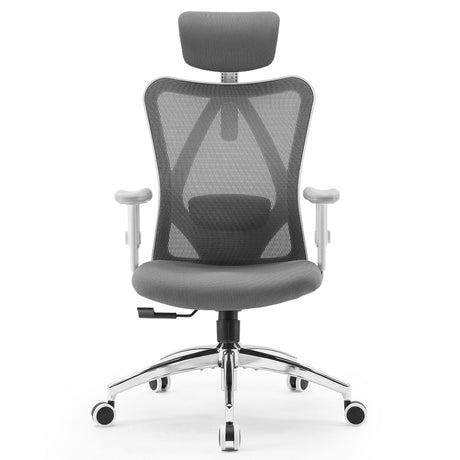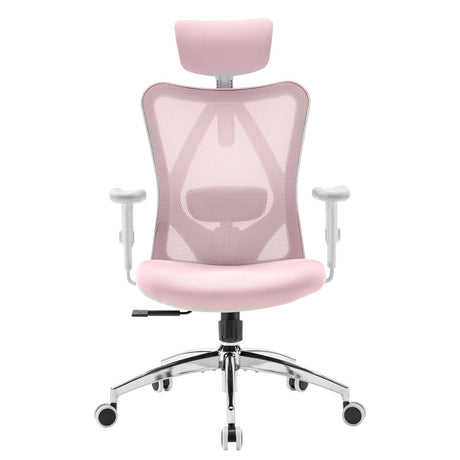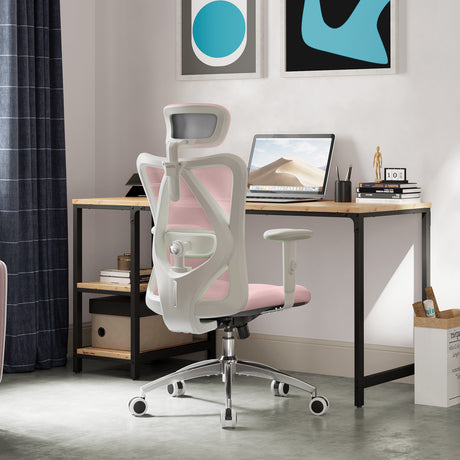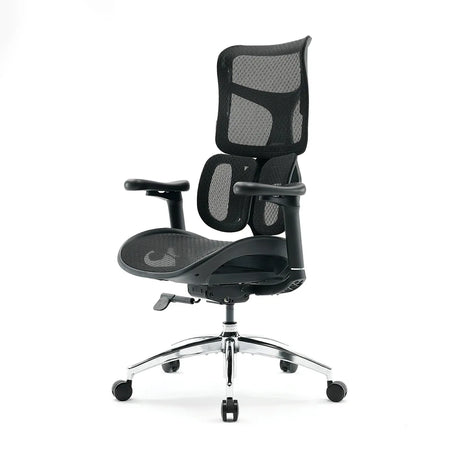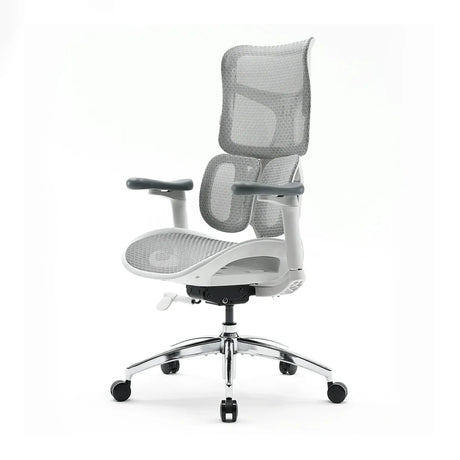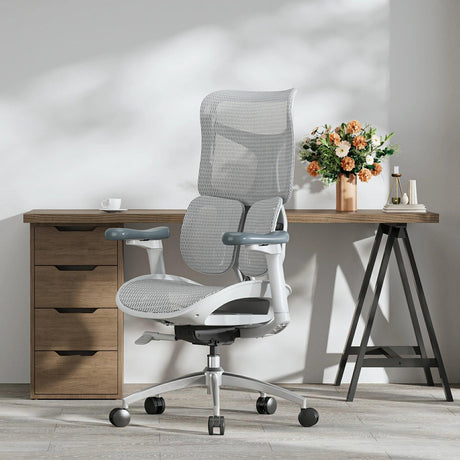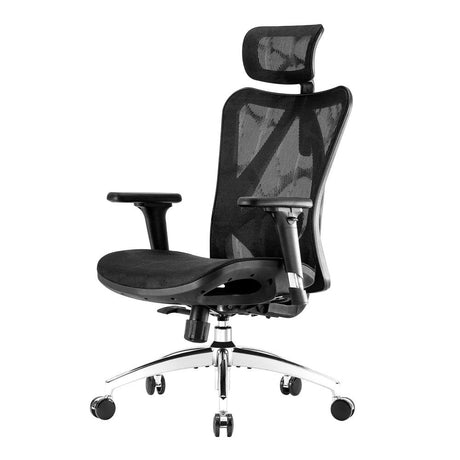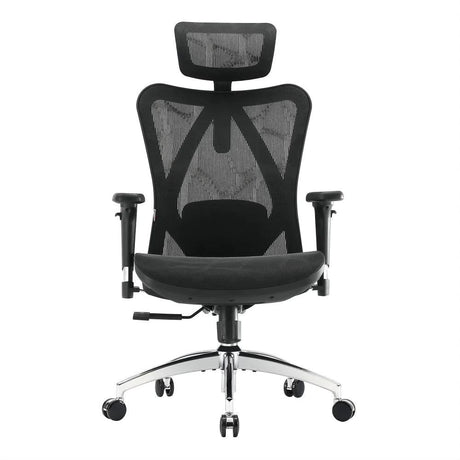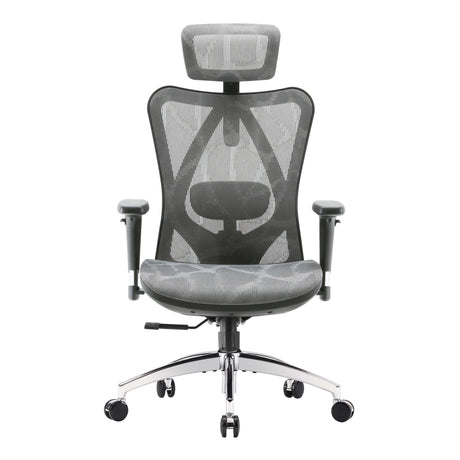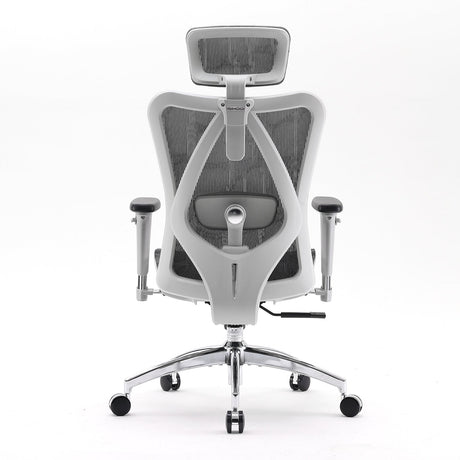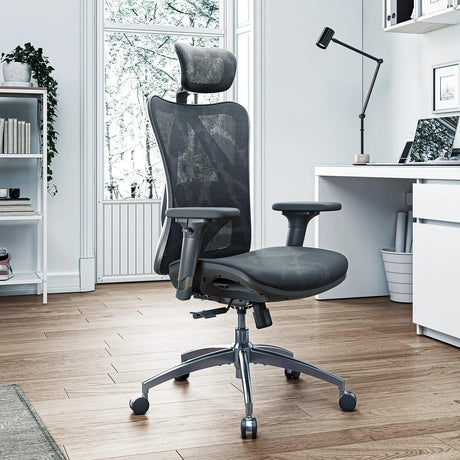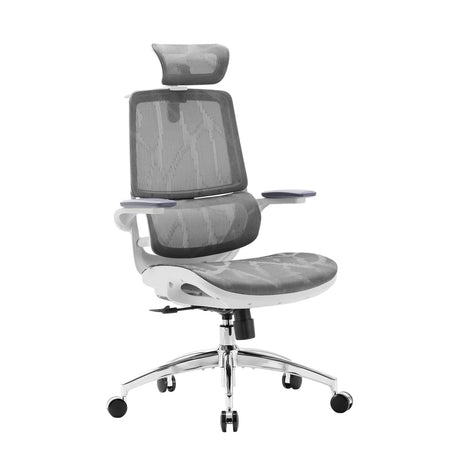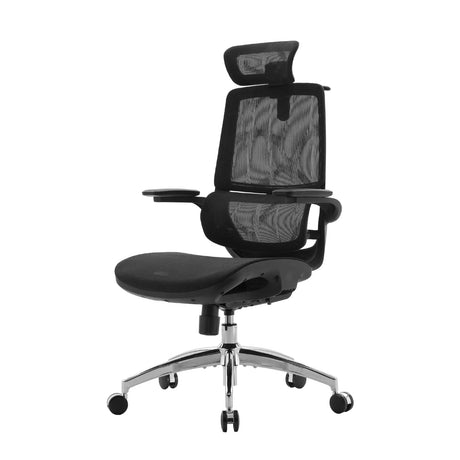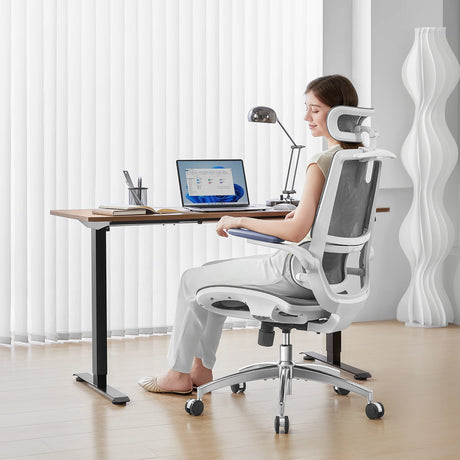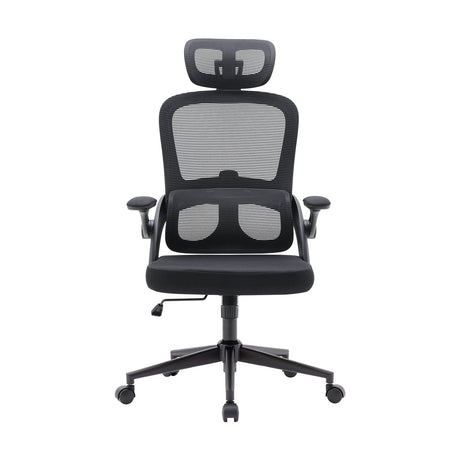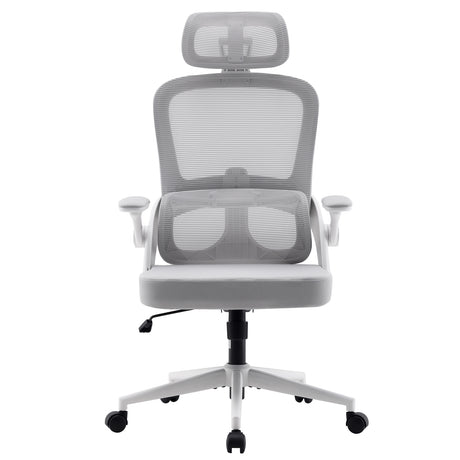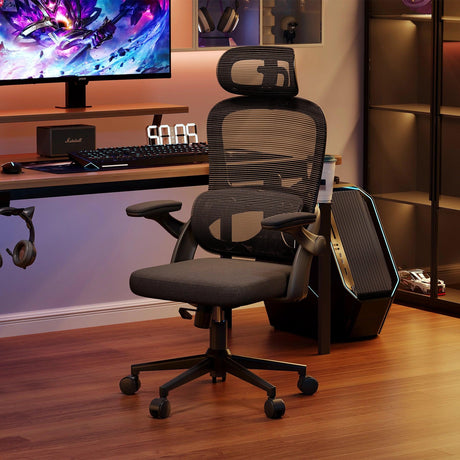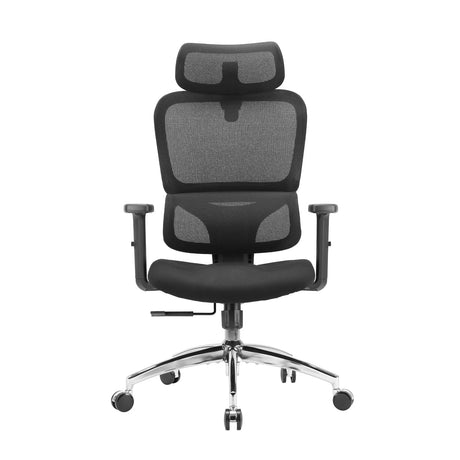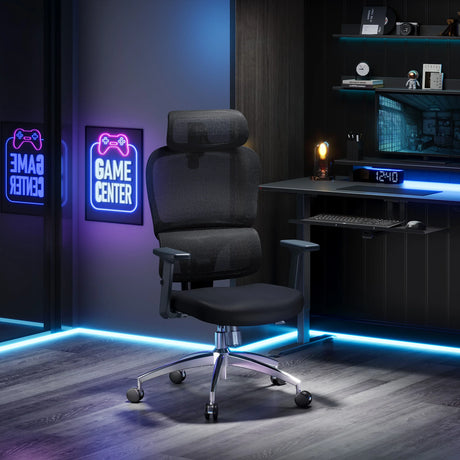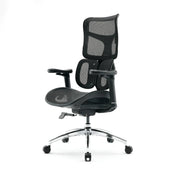Why do some people develop buttock pain when sitting for extended periods, while others don’t? The reasons are varied and often interconnected, ranging from anatomical differences and posture habits to underlying medical conditions and lifestyle choices. In this comprehensive article, we’ll explore the possible causes of buttock pain from prolonged sitting, how to recognize different pain patterns, and strategies to prevent or manage this common issue.
Understanding Buttock Pain: Where Does It Come From?
Before diving into the causes, it’s important to understand that the buttock is not just a soft cushion we sit on; it’s a complex structure made up of muscles, tendons, ligaments, nerves, and fat pads. The key players include:
- Gluteal muscles (gluteus maximus, medius, and minimus) – These are responsible for stabilizing the pelvis, supporting hip movement, and cushioning the body while sitting.
- Piriformis muscle – A small muscle beneath the glutes that can affect the sciatic nerve if it becomes tight or inflamed.
- Sciatic nerve – The largest nerve in the body, running from the lower back through the buttocks and down the legs. Compression or irritation can cause radiating pain.
- Ischial tuberosities (sit bones) – Bony structures at the base of the pelvis that bear weight when sitting.
- Fatty tissue and connective tissue – These provide cushioning and support when sitting.
When any of these structures are under pressure, inflamed, or compressed, pain may develop. Prolonged sitting amplifies these issues, especially if your posture, seat surface, or health conditions predispose you to discomfort.
Why Does Prolonged Sitting Cause Pain?
1. Pressure on Soft Tissues and Nerves
When you sit for long periods, your body weight is concentrated on the sit bones and surrounding tissues. Over time, this pressure can reduce blood flow to the gluteal muscles, leading to stiffness, soreness, or even numbness. If the sciatic nerve is compressed (often due to poor posture or tight muscles), it can trigger radiating pain down the buttocks and legs — a symptom commonly associated with sciatica.
2. Poor Posture and Muscle Imbalance
Slouching, crossing your legs, or leaning to one side can create uneven weight distribution on the buttocks. This not only strains the gluteal muscles but also places extra pressure on the lower back and pelvis. Over time, weak or tight hip muscles may exacerbate discomfort.
3. Muscle Deconditioning (Weak Glutes)
When you sit for hours every day, your gluteal muscles become underused and weakened, a phenomenon often called “gluteal amnesia.” Weak glutes can’t properly support your pelvis or spine, which can lead to pain not just in the buttocks but also in the lower back and hips.
4. Reduced Blood Circulation
Sitting restricts blood flow to the lower body. Reduced circulation means that the muscles and nerves in the buttocks don’t get adequate oxygen, leading to stiffness and discomfort. This is why standing or walking often relieves pain after sitting for too long.
5. Inflammation of Bursa or Tendons
The buttock area contains small fluid-filled sacs called bursae that help reduce friction between bones and muscles. Prolonged sitting can irritate these bursae, leading to a painful condition known as ischial bursitis.
Common Causes of Buttock Pain When Sitting
Buttock pain when sitting can stem from a variety of conditions. Here are some of the most frequent culprits:
1. Sciatica
Sciatica occurs when the sciatic nerve is compressed or irritated, often due to a herniated disc, spinal stenosis, or muscle tightness (e.g., piriformis syndrome). Sitting can exacerbate sciatic nerve pain, leading to sharp, shooting pain in the buttock that often radiates down the leg.
2. Piriformis Syndrome
The piriformis muscle can become tight or inflamed, compressing the sciatic nerve and causing buttock pain. Sitting for long hours often worsens this condition, especially on hard surfaces.
3. Ischial Bursitis (Weaver’s Bottom)
This condition occurs when the bursa near the sit bones becomes inflamed due to prolonged sitting, direct trauma, or repetitive movements. It causes localized pain in the lower buttocks, particularly when sitting on hard chairs.
4. Coccyx (Tailbone) Pain
Sitting for too long, especially on hard or unsupportive surfaces, can cause pain around the tailbone area (coccydynia).
5. Muscle Strain or Overuse
Strained gluteal muscles or hamstrings can lead to soreness when sitting. This may happen after intense workouts, lifting heavy objects, or sudden movements.
6. Obesity or Excess Weight
Carrying extra body weight increases pressure on the buttocks while sitting, contributing to discomfort and increasing the risk of inflammation in surrounding tissues.
7. Degenerative Spine Conditions
Conditions like degenerative disc disease or sacroiliac joint dysfunction can refer pain to the buttocks and make sitting particularly uncomfortable.
Why Do Some People Experience It More Than Others?
Not everyone who sits for long hours experiences buttock pain. Why? Because several factors influence whether discomfort develops:
- Body composition: People with less gluteal fat padding may feel more discomfort on hard seats.
- Posture habits: Those who maintain good posture or use ergonomic seating are less prone to pain.
- Muscle strength: Strong glutes and core muscles protect the pelvis and spine, reducing pain risk.
- Underlying conditions: People with back problems, arthritis, or nerve compression are more vulnerable.
- Chair quality: Poorly designed chairs that don’t support the pelvis and spine increase discomfort.
How to Relieve Buttock Pain from Sitting
The good news is that buttock pain from sitting is often preventable and manageable with simple strategies:
1. Use an Ergonomic Chair
Investing in a high-quality ergonomic chair with proper lumbar and pelvic support can significantly reduce pain. Look for chairs with adjustable seat depth, cushioning, and a waterfall edge to reduce pressure on the thighs and buttocks.
2. Stand and Move Frequently
Set a timer to stand or walk every 30–60 minutes. Even short breaks can improve circulation and relieve pressure on the buttocks.
3. Stretch and Strengthen
Regular stretching of the glutes, hips, and lower back helps reduce muscle tension. Strengthening exercises, such as glute bridges and squats, can combat gluteal weakness and improve posture.
4. Use Cushions
A seat cushion or donut pillow can reduce direct pressure on sensitive areas, particularly if you have tailbone pain or ischial bursitis.
5. Adjust Your Posture
Sit with your feet flat on the ground, hips slightly higher than your knees, and spine upright. Avoid crossing your legs for extended periods.
6. Manage Underlying Conditions
If you suspect sciatica, bursitis, or another medical condition, consult a healthcare professional for targeted treatment.
When to Seek Medical Help
While mild buttock pain from sitting often improves with lifestyle adjustments, some symptoms warrant medical evaluation:
- Pain radiating down the leg or into the lower back
- Numbness, tingling, or weakness in the legs
- Severe pain that doesn’t improve with rest or cushions
- Pain following an injury or fall
A doctor may recommend imaging tests, physical therapy, or medications to address underlying issues.
Conclusion: Your Buttocks Deserve Better Care
Buttock pain from prolonged sitting isn’t just a minor nuisance — it’s a sign that your body needs better support, movement, and care. Whether it’s from poor posture, muscle imbalances, or an underlying condition, addressing the root cause is essential for long-term relief.
By investing in ergonomics, moving more frequently, and strengthening your muscles, you can prevent or manage buttock pain and improve your overall well-being.
Remember, sitting may be a necessity in modern life, but discomfort doesn’t have to be. Your body will thank you for taking proactive steps toward a healthier, pain-free sitting experience.
